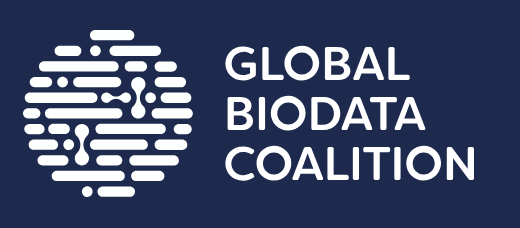The name of this superfamily has been modified since the most recent official CATH+ release (v4_4_0). At the point of the last release, this superfamily was named:
"Tetratricopeptide repeat domain
".
FunFam 528: Transmembrane and TPR repeat-containing protein 3
Please note: GO annotations are assigned to the full protein sequence rather than individual protein domains. Since a given protein can contain multiple domains, it is possible that some of the annotations below come from additional domains that occur in the same protein, but have been classified elsewhere in CATH.
There are 3 GO terms relating to "molecular function"
The search results have been sorted with the annotations that are found most frequently at the top of the
list. The results can be filtered by typing text into the search box at the top of the table.
| GO Term | Annotations | Evidence |
|---|---|---|
|
Mannosyltransferase activity GO:0000030
Catalysis of the transfer of a mannosyl group to an acceptor molecule, typically another carbohydrate or a lipid.
|
2 | Q7K4B6 (/ISS) Q7K4B6 (/ISS) |
|
Mannosyltransferase activity GO:0000030
Catalysis of the transfer of a mannosyl group to an acceptor molecule, typically another carbohydrate or a lipid.
|
1 | Q6ZXV5 (/IMP) |
|
Protein binding GO:0005515
Interacting selectively and non-covalently with any protein or protein complex (a complex of two or more proteins that may include other nonprotein molecules).
|
1 | Q6ZXV5 (/IPI) |
There are 4 GO terms relating to "biological process"
The search results have been sorted with the annotations that are found most frequently at the top of the
list. The results can be filtered by typing text into the search box at the top of the table.
| GO Term | Annotations | Evidence |
|---|---|---|
|
Protein O-linked mannosylation GO:0035269
The transfer of mannose from dolichyl activated mannose to the hydroxyl group of a seryl or threonyl residue of a protein acceptor molecule, to form an O-linked protein-sugar linkage.
|
2 | Q7K4B6 (/ISS) Q7K4B6 (/ISS) |
|
Response to endoplasmic reticulum stress GO:0034976
Any process that results in a change in state or activity of a cell (in terms of movement, secretion, enzyme production, gene expression, etc.) as a result of a stress acting at the endoplasmic reticulum. ER stress usually results from the accumulation of unfolded or misfolded proteins in the ER lumen.
|
1 | Q6ZXV5 (/IMP) |
|
Protein O-linked mannosylation GO:0035269
The transfer of mannose from dolichyl activated mannose to the hydroxyl group of a seryl or threonyl residue of a protein acceptor molecule, to form an O-linked protein-sugar linkage.
|
1 | Q6ZXV5 (/IMP) |
|
Positive regulation of proteasomal protein catabolic process GO:1901800
Any process that activates or increases the frequency, rate or extent of proteasomal protein catabolic process.
|
1 | Q6ZXV5 (/IMP) |
There are 1 GO terms relating to "cellular component"
The search results have been sorted with the annotations that are found most frequently at the top of the
list. The results can be filtered by typing text into the search box at the top of the table.
| GO Term | Annotations | Evidence |
|---|---|---|
|
Endoplasmic reticulum GO:0005783
The irregular network of unit membranes, visible only by electron microscopy, that occurs in the cytoplasm of many eukaryotic cells. The membranes form a complex meshwork of tubular channels, which are often expanded into slitlike cavities called cisternae. The ER takes two forms, rough (or granular), with ribosomes adhering to the outer surface, and smooth (with no ribosomes attached).
|
1 | Q6ZXV5 (/IDA) |
